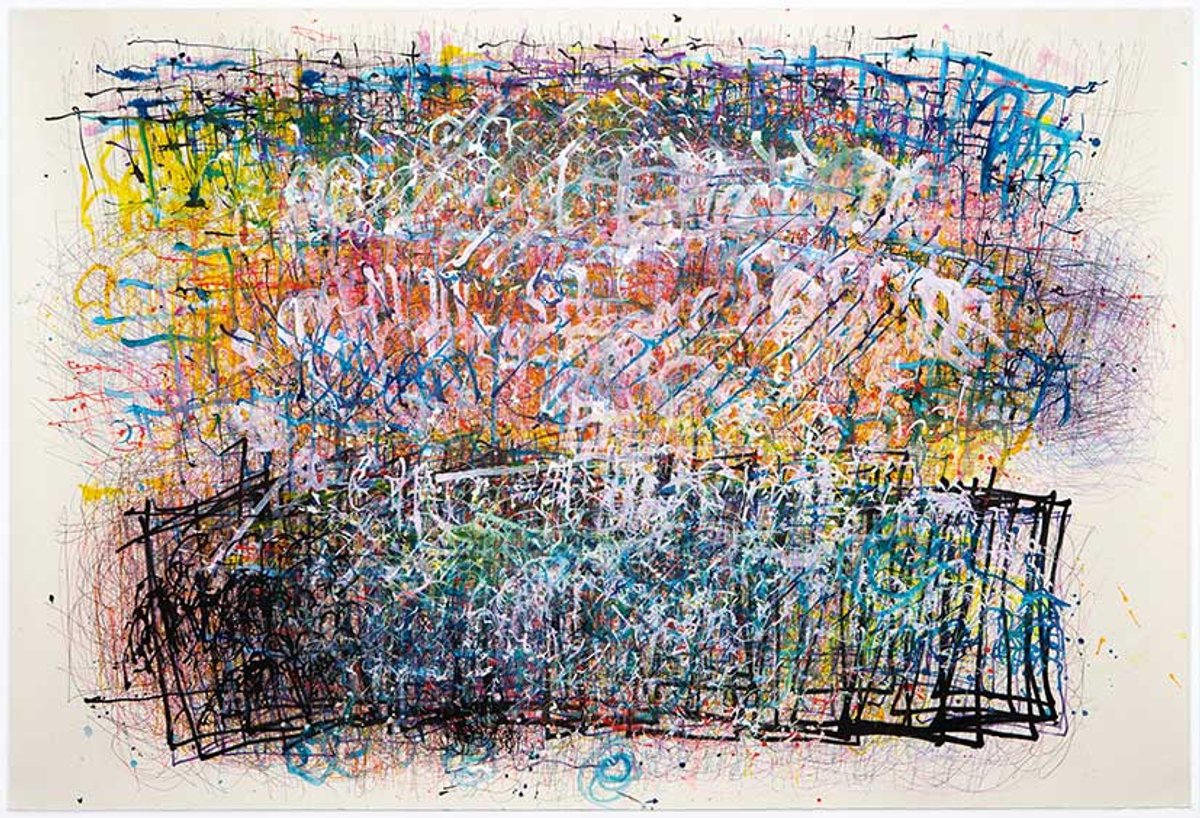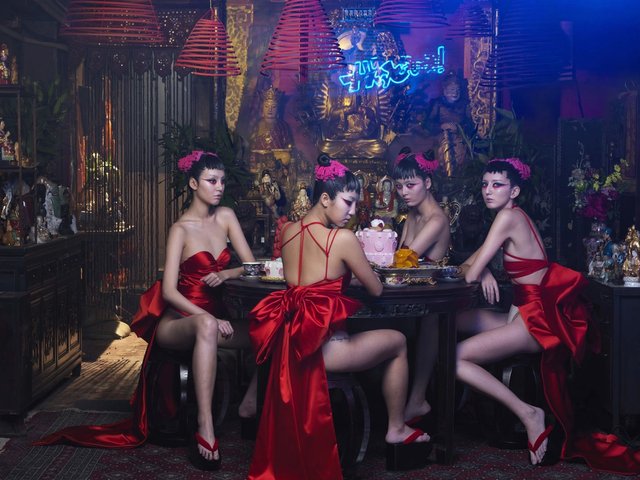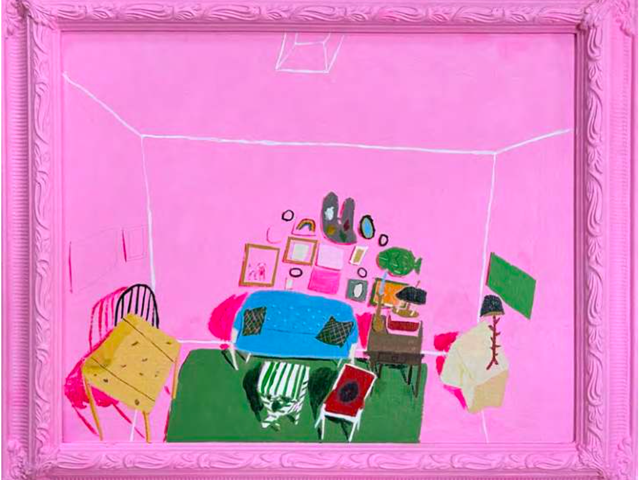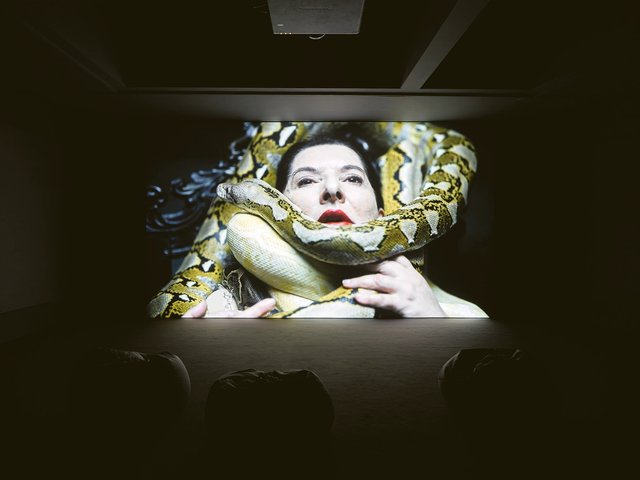Creative Growth Art Center, a non-profit based in Oakland, California, dedicated to supporting artists with disabilities, is celebrating its 50th anniversary with a special exhibition at the Outsider Art Fair in New York (29 February-3 March). The organisation operates primarily as a working studio for more than 140 artists with developmental, intellectual and physical disabilities, whom it also represents commercially with its own gallery.
Tom di Maria, the director of Creative Growth, says the centre’s market presence has had its share of sceptics since early on. “Somehow, people with disabilities must be exploited. Somehow, we’re taking advantage of them. Somehow, they don’t have agency, they don’t want to sell their work. There’s all these assumptions made around that,” he says. The firm splits the proceeds from each sale with the artist, as is typical in the for-profit art trade.
For this year’s Outsider Art Fair, Di Maria curated a presentation combining work from the centre’s collection with pieces from private collectors in New York, some of which have never been publicly displayed. Works by two artists in particular will anchor the stand: Dan Miller, an artist on the autism spectrum, whose large, abstract graphic works were included in the 2017 Venice Biennale’s international exhibition; and the late Carl Hendrickson, an artist with cerebral palsy, best known for creating beguiling, wood-centric architectural sculptures.
“Both of those artists exhibit a kind of collision, as I call it, between formal concerns and content that speaks to how people with disabilities can be vital visual artists whose work is also based in their relationship to disability,” Di Maria says.
Although Creative Growth refuses to label its artists “outsider”—“They don’t need another term laid upon them,” Di Maria says—he calls the Outsider Art Fair an “incredible” forum for artists who are self-taught, living with disabilities or working in non-traditional contexts. Taking part in the expo for the first time in the early 2000s attracted mainstream attention to the centre and its artists, with awareness growing further as attitudes toward people with disabilities have shifted.
Di Maria adds: “Back then, we had a fight to get representation in the outside world. This year, we have a major exhibition at the San Francisco Museum of Modern Art. That’s notable in terms of that trajectory and what it signifies.” A multiyear partnership will also see the museum acquire 113 works from Creative Growth artists to add to its permanent collection.
“Part of our mission is for our gallery to be a portal for the public to come and understand the valuable contributions that people with disabilities make,” Di Maria says. “Most of us don’t live with people with disabilities. It’s a way to break down stereo-types and biases around that.”





